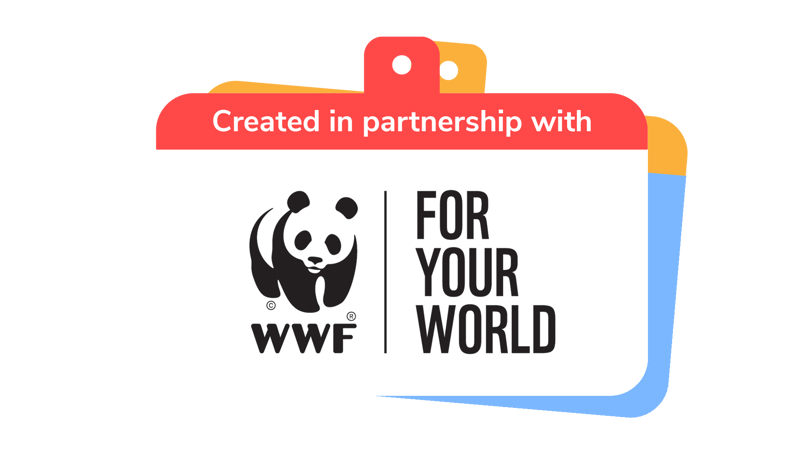
Plan for change
You’ll need
- Pens or pencils
- Copies of the our planet champions flowcharts, one per person
- Marker pens
Before you begin
- The person leading the activity should have introduced their group to some of the topics in this activity, for example climate change, habitat loss, food and biodiversity. Use the information from related activities to fill in any gaps.
- The group should have completed activities relating to these topics. Some of these are listed on the 'Our planet champions flowcharts'. Double-check that the group have completed these activities and have information ready for anyone who might have missed them.
Run the activity
- The person leading the activity should reintroduce the four topics (climate change, habitat loss, food and biodiversity) to the group, and see if anyone has a favourite. Give out pens or pencils and the 'our planet champions flowcharts'
- Everyone should fill in the activities they’ve done on the flowchart. They should include all the activities related to the environment, as well as any general group activities, such as nature walks or fruit-picking. They can then fill in what they learned about the four topics from these activities.
- Everyone should draw an emoji to show how they’re feeling about the issues, and then they can fill in any changes that they think can be made with the actions necessary to make them happen.
- Everyone should choose which topic means the most to them. If there’s more than one person doing each topic then form a group around each one, and leave any topics that the group aren’t interested in.
- The person leading the activity should explain that the young people can use the 'Our planet champions' flowcharts to plan the action they’ll take to help fix the issue they’ve chosen.
- For example, those who’ve chosen to tackle ‘Climate change’ might pledge to become 'Energy elves' and reduce their energy usage to save resources. Another example is that those tackling ‘food’ might create a community fridge for unneeded foodstuffs to help those in need. Give everyone 10 or 15 minutes to think carefully about what they could do.
- When each group has come up with a rough idea that they’re happy with, everyone should look at the example flowchart: ‘Habitat helpers.’
- Show everyone how this plan has been broken down into steps that make it easy to follow.
- The groups can now start to fill in their flowchart. Each group should decide on the individual steps before filling them in together.
- When the groups are working through the project, the person leading the activity should encourage them to keep using the flowchart and to make a record of when their plan goes wrong or something doesn’t work. There’s always time to try something new.

This activity helps contribute towards some of the UN's Sustainable Development Goals. Find out more about the SDGs, and how Scouts across the world are getting involved.
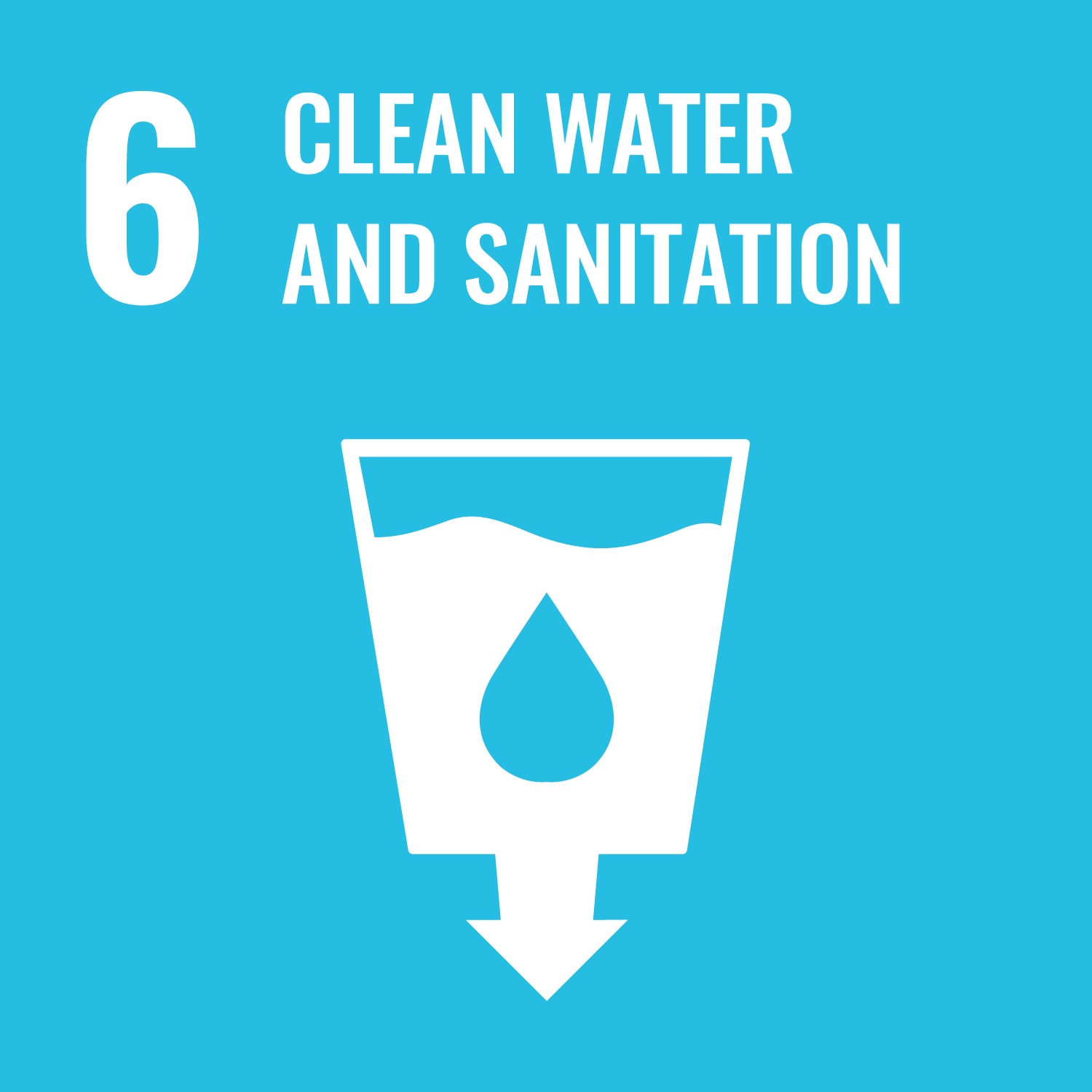
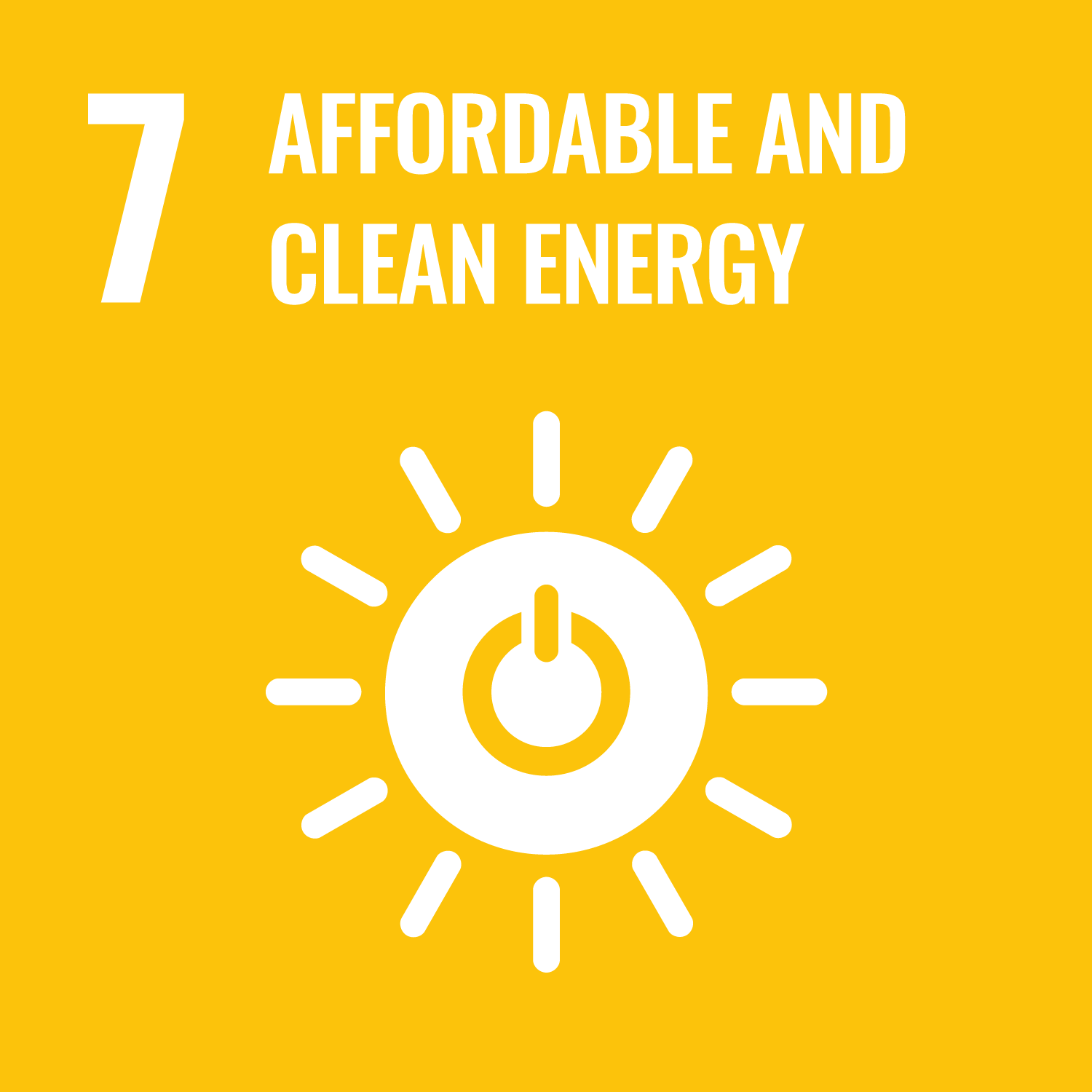
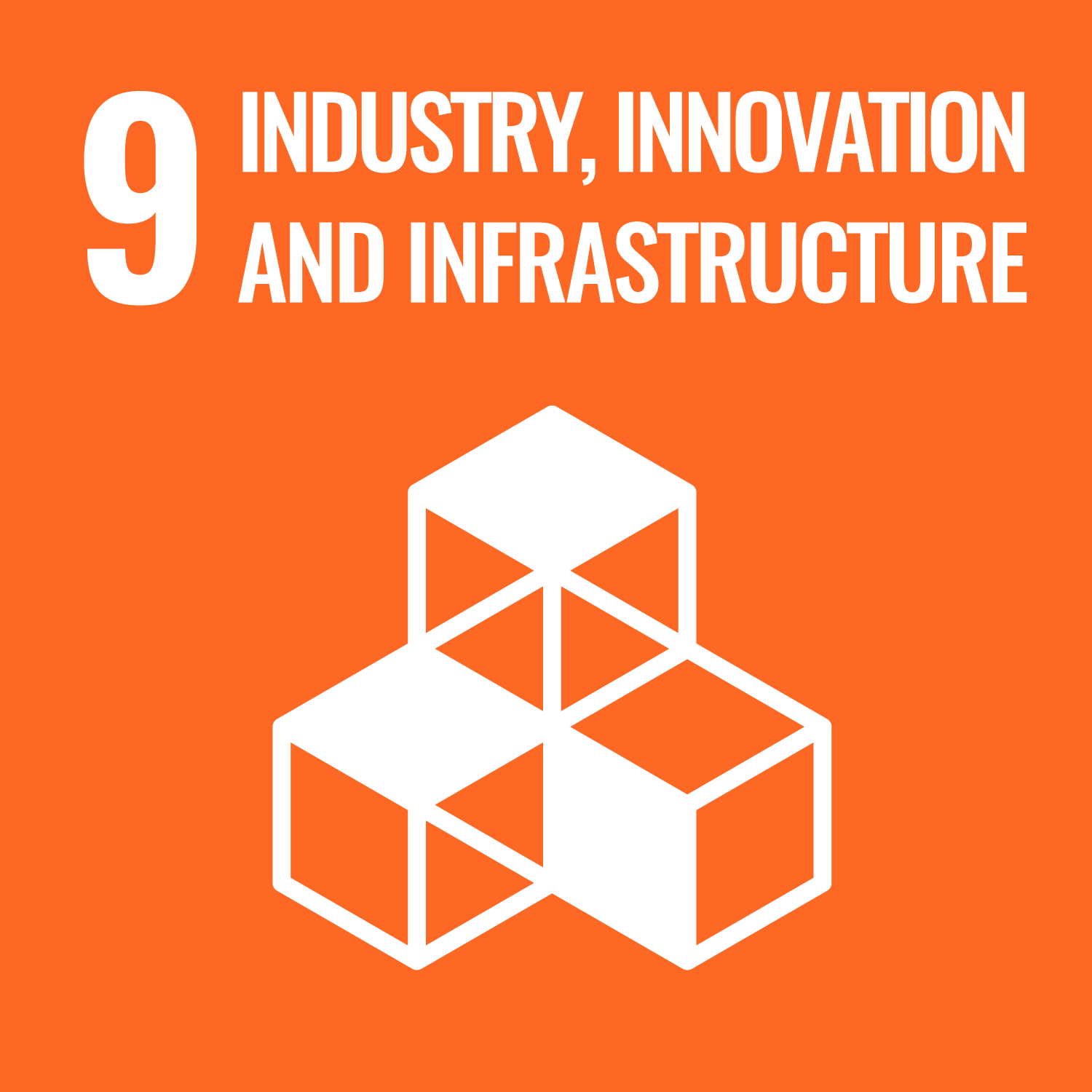


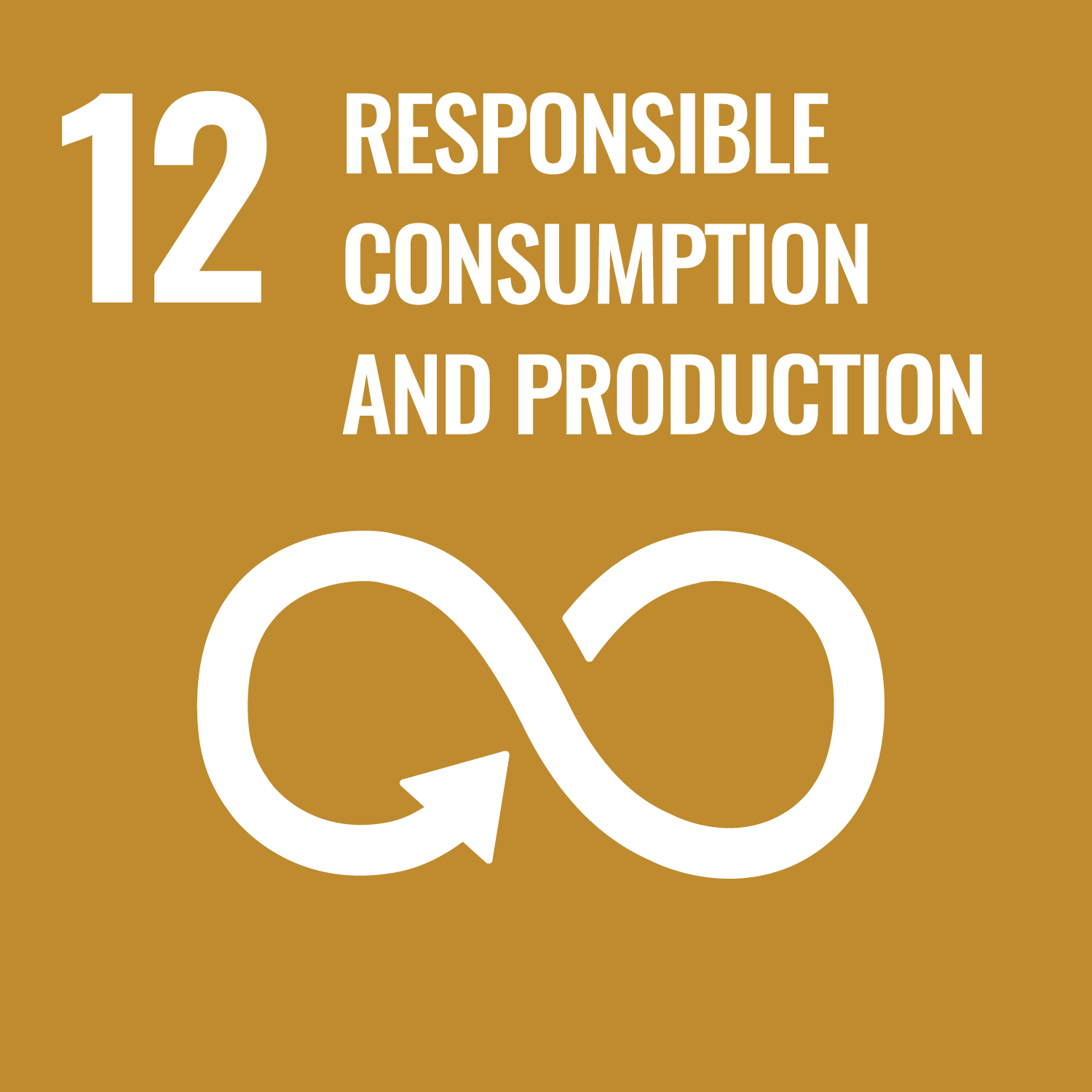
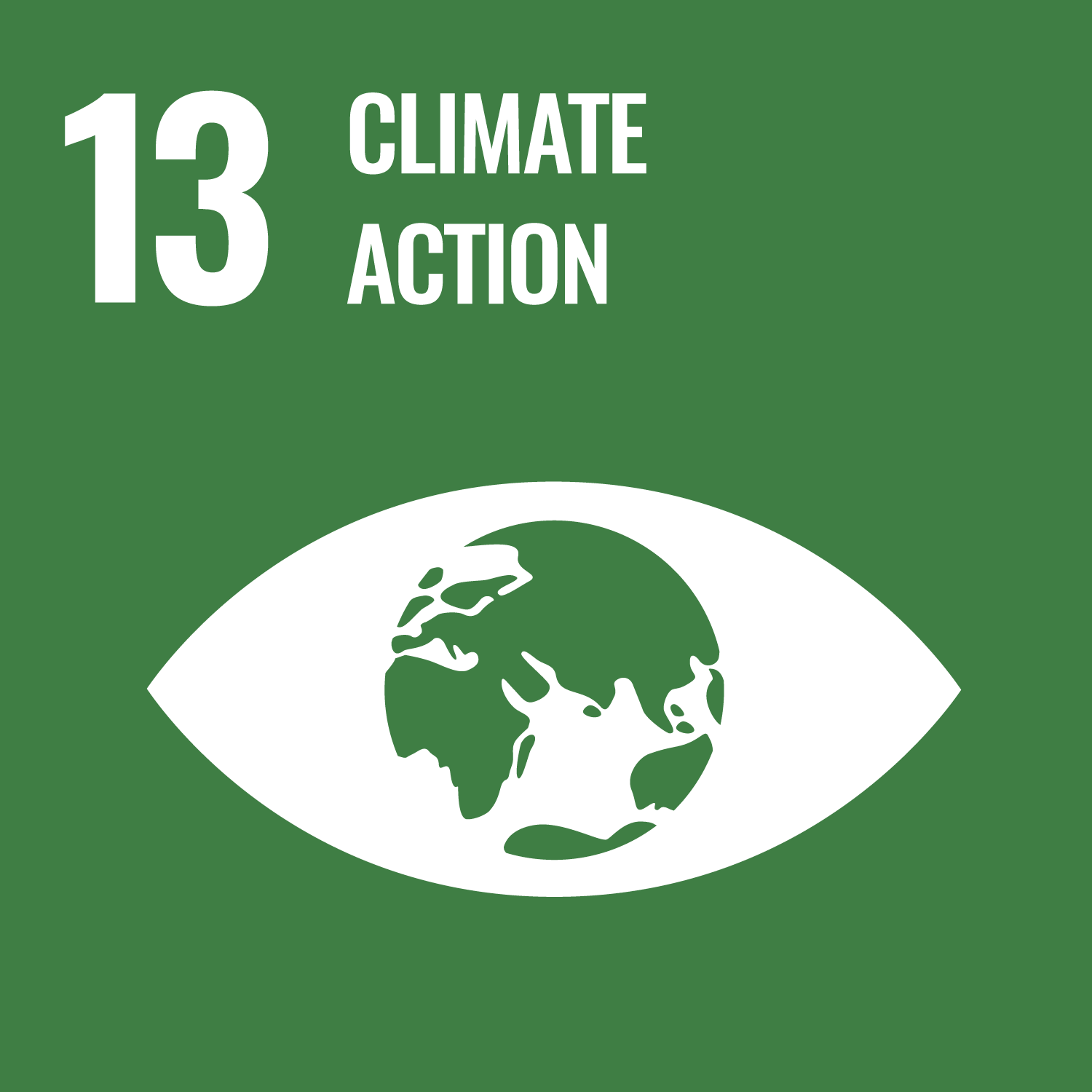
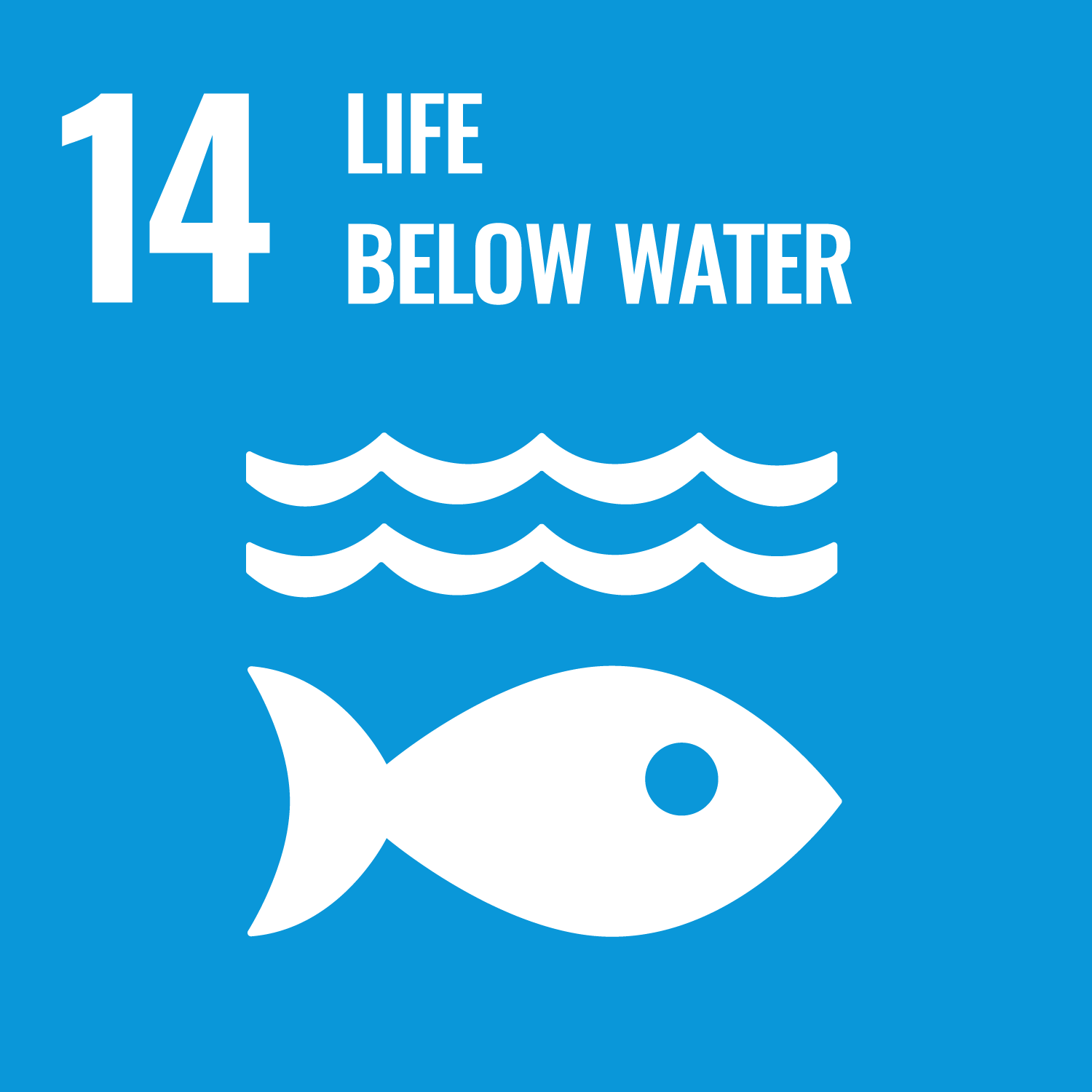
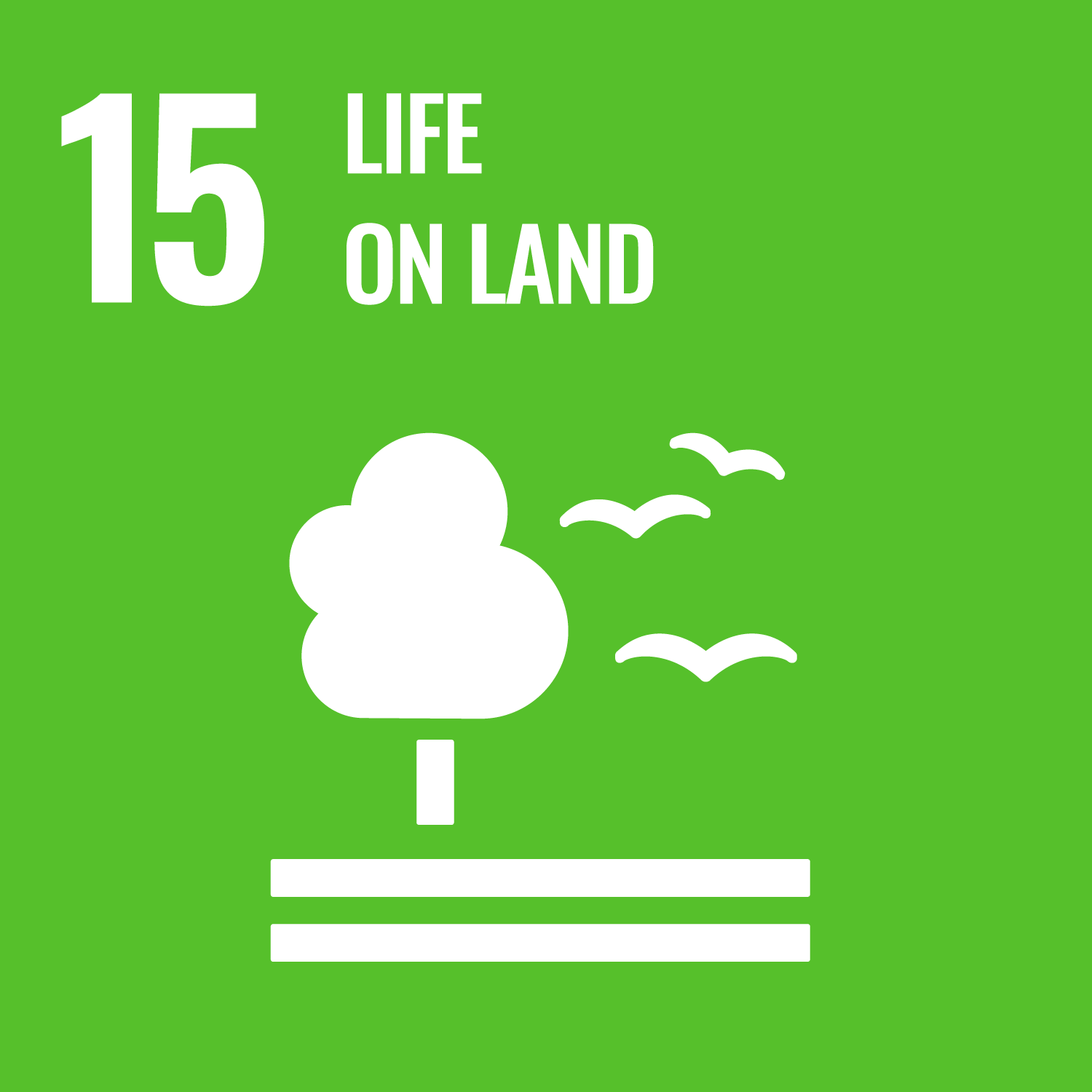
Reflection
The group has chosen a topic and made a plan for a project. Did you and your group have similar ideas about the topic you chose? How did you work together to resolve any differences and choose what to do? How might your flowchart be useful at the beginning, during and after your project? What else could you plan for with a flowchart like this?
Now that the groups have a plan, they can start doing something about the environmental issues they’ve been finding out about. Did anyone think about what to do if something went wrong with the plan (eg not enough time or resources)? Did anyone have a backup plan? Or was it easier to tweak the original idea?
Safety
All activities must be safely managed. You must complete a thorough risk assessment and take appropriate steps to reduce risk. Use the safety checklist to help you plan and risk assess your activity. Always get approval for the activity, and have suitable supervision and an InTouch process.
If anyone is very passionate about a particular topic, they could potentially tackle it on their own. They’ll probably need help to carry out the project itself, but individual planning allows for members of the group to come up with solutions to specific problems they care about.
Make it accessible
All Scout activities should be inclusive and accessible.

Community Impact Stage 1

Community Impact Stage 2

Community Impact Stage 3

Community Impact Stage 4
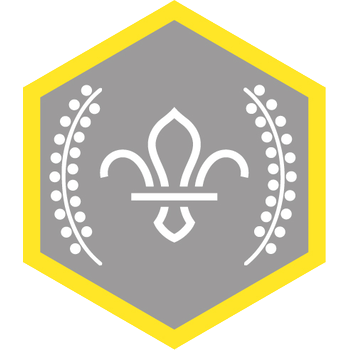
Chief Scout's Silver Award
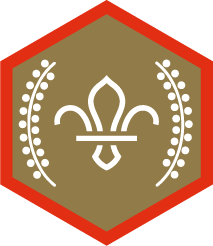
Chief Scout's Gold Award

Chief Scout's Platinum Award

Chief Scout's Diamond Award
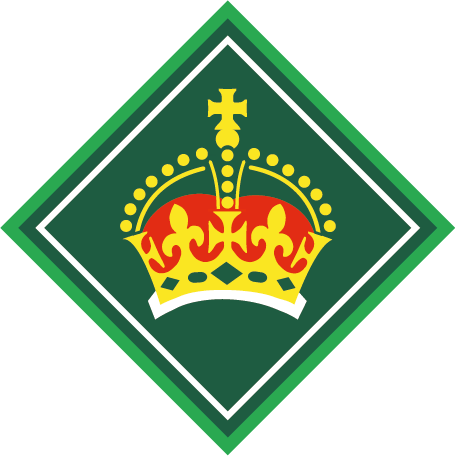
King's Scout Award
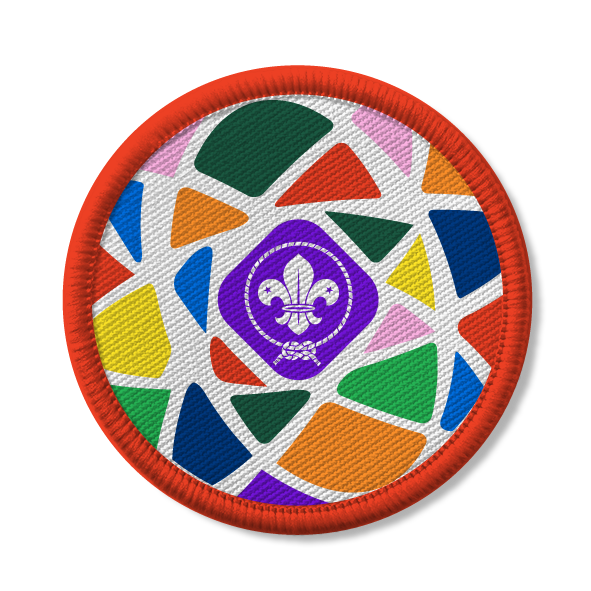
Earth Tribe Award
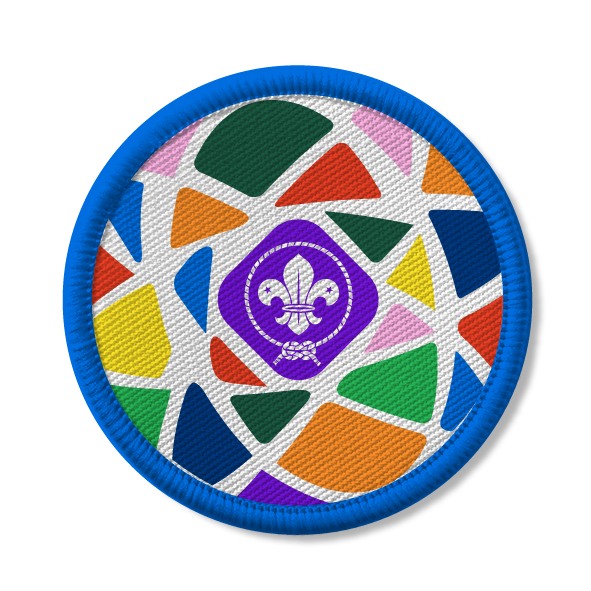
Earth Tribe Award
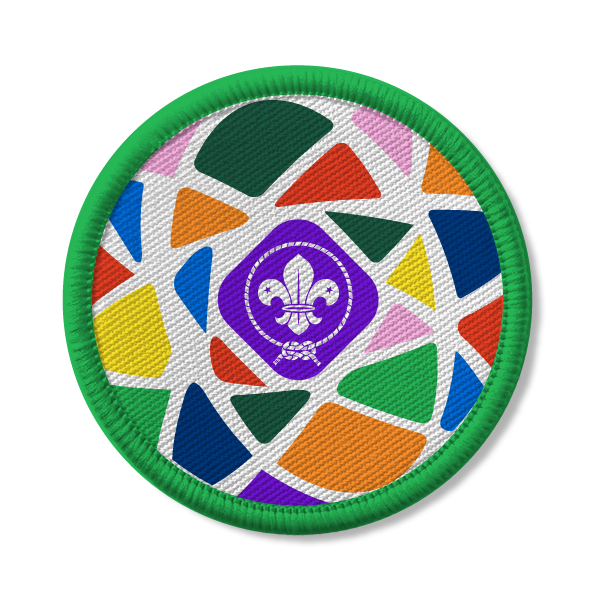
Earth Tribe Award
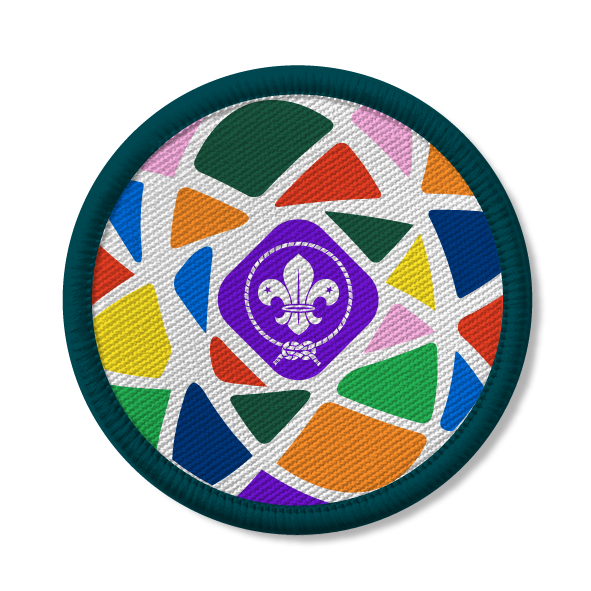
Earth Tribe Award
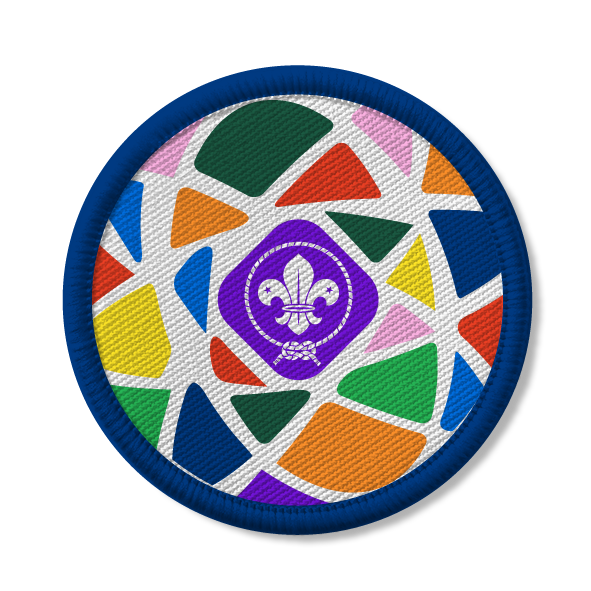
Earth Tribe Award
Use social media to spread the word about your project. People who are interested in helping the environment might like to see your flowcharts so that they can see how to help. You could choose to share a photo of your plan, or you could make and share a digital copy of the flowchart instead.
Discover more at https://www.wwf.org.uk/
Allow groups to choose different topics to work on if they are passionate about them.